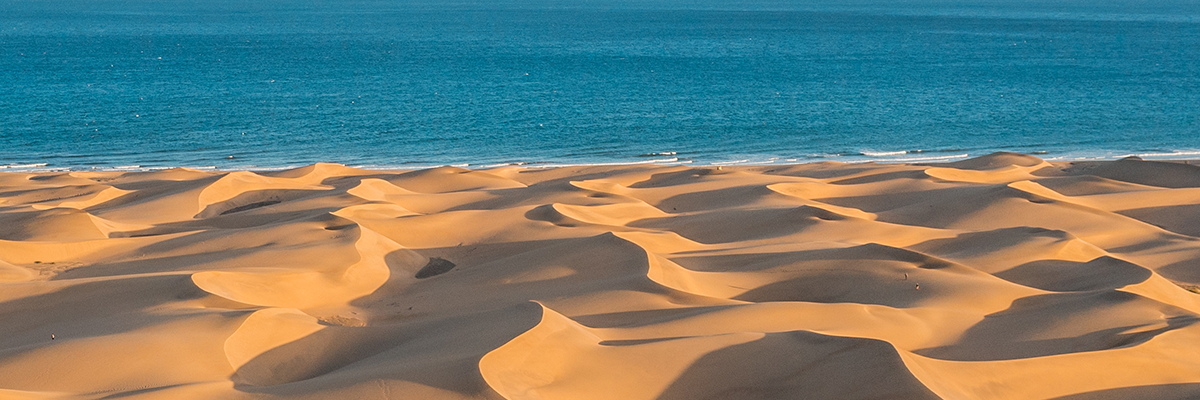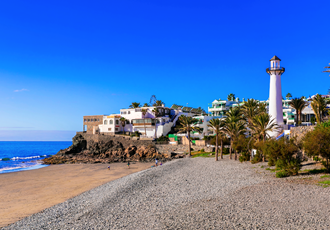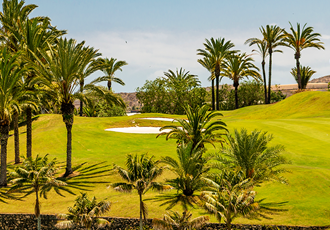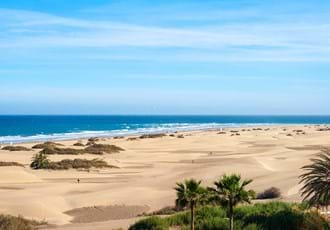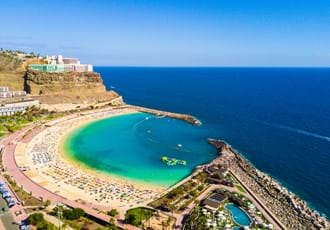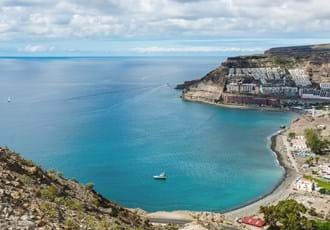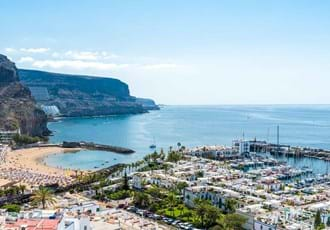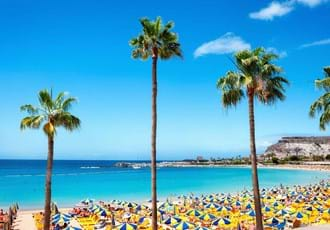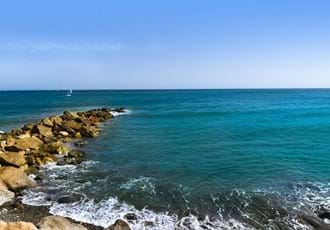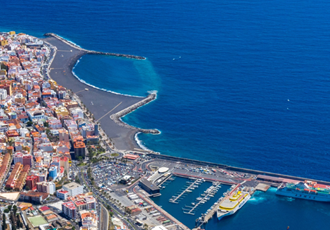Gran Canaria has a kind of magic. You can soak up the sun on a beach and then marvel at the view from a snow-capped mountain. There are miles of desert-like sand dunes and waterfalls in lush forests.
Some atmospheric towns and villages have stepped from history books. Yet there are buzzing bars and clubs in modern resorts rich with luxurious hotels, great shops, amazing spas and fine cafes.
There is so much packed into Gran Canaria that it is described as a continent in miniature – and that’s a big advert for a button-shaped island about the same size as London.
Of course, you can always just stay put in the sun. It’s warm enough to enjoy the beach at any time of year and, like the rest of the island, the 147 miles of coastline offers an amazing choice. There are nearly 40 miles of beaches, including miles of white sand, small bays, busy town beaches, fishing villages, secluded coves and rugged cliffs.
A multitude of micro-climates mean that on Christmas Day the sun can shine for hours and the summer months rarely see a drop of rain. The average temperature is a comfortable 24 degrees Centigrade, about 20 degrees warmer than an average UK winter’s day.
The main resorts and beaches are on the island’s sunniest south side. The north and west are wetter, greener and rugged. Inland are miles of natural parks, stunning mountains, a huge volcanic crater and breathtaking scenery.
Many beaches are centres for all kinds of water sports as well as fishing trips and sea excursions. There are superb golf courses and tennis academies and miles of beautiful hiking and cycling trails.
Gran Canaria is a Mother Nature theme park so well protected that almost half the island is a UNESCO biosphere reserve. Maybe it really is wonderful enough to be the eighth continent on Earth.



